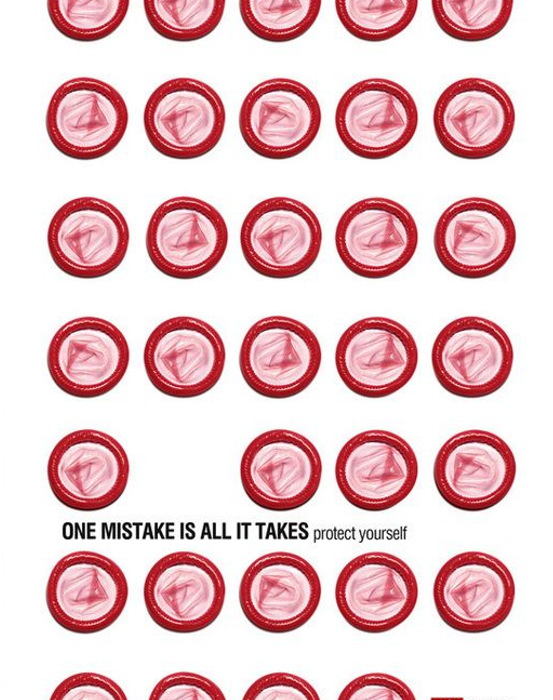An LGBTQIA+ Guide to Having Safer Sex
When you think back to health class in high school, you might not have realized back then just how heteronormative it was. Standard education about sex, unfortunately, leaves out the LGBTQIA+ population of youth, with most young people reporting they don't find themselves represented in the education they receive.1 Classes are often focused on pregnancy and abstinence in relation to heterosexual intercourse only, with no guidance offered for LGBQTIA+ sexual engagement. The absence of representation in sex-ed harms LGBTQIA+ youth and can lead them to make less safe choices in adulthood if they don't receive the information that would otherwise...


